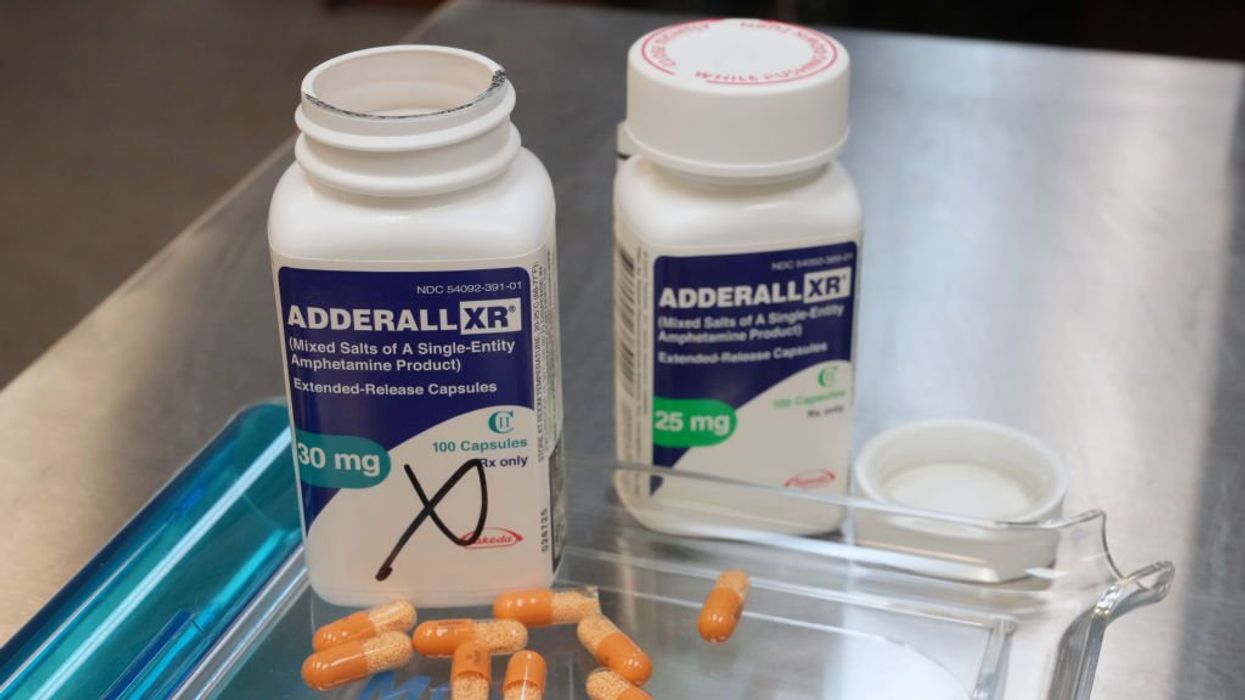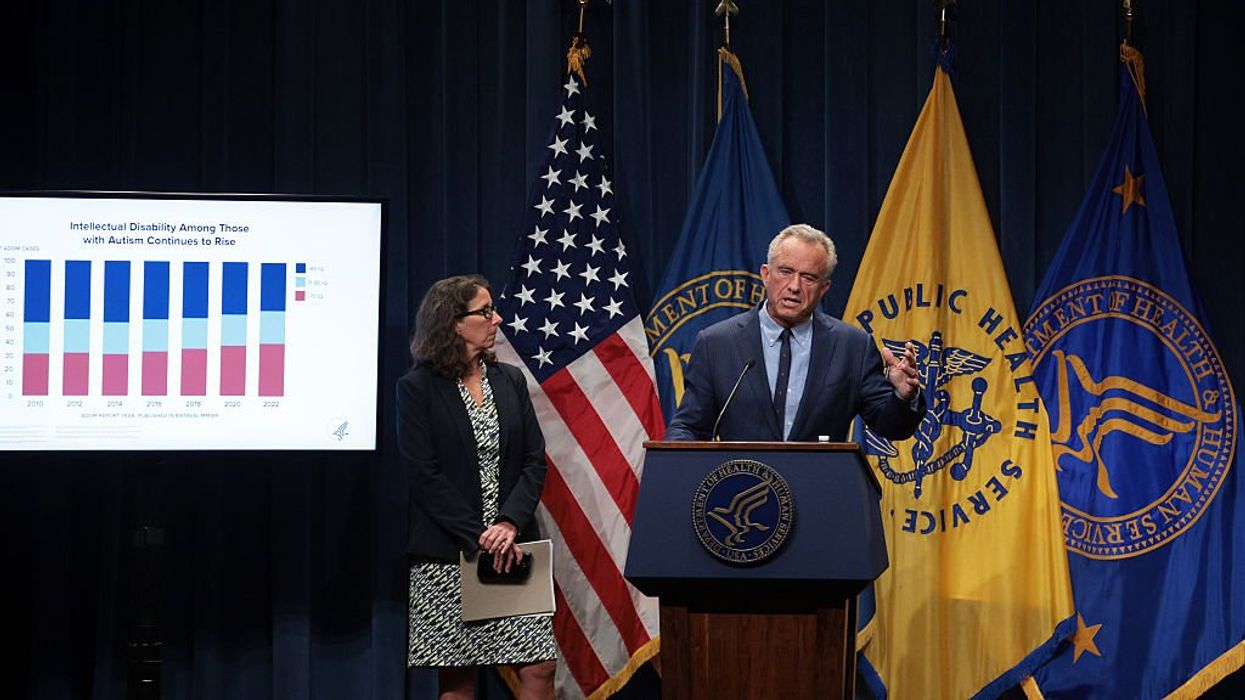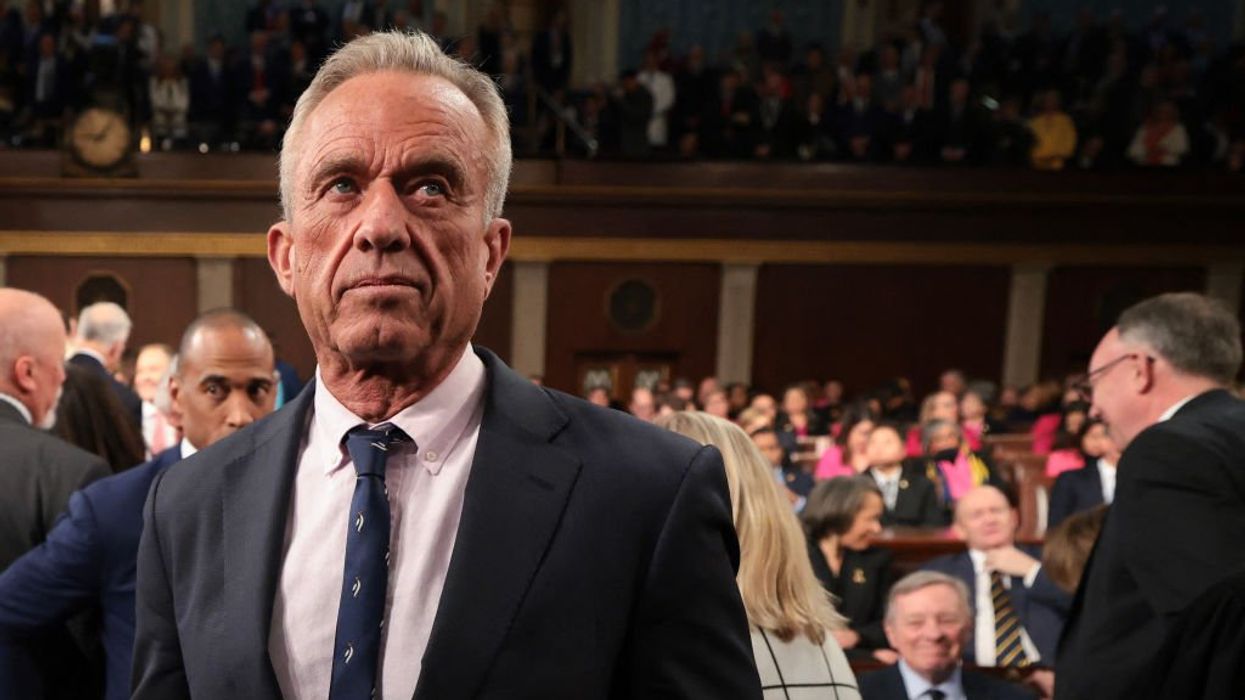Our children are sick, and Big Pharma claims to be the cure, but is RFK Jr. closer to proving they are the disease?
For years, neurological disorders in our children have been on the rise. One in nine children in the U.S. has been diagnosed with ADHD, and between 2016 and 2022, more than one million kids were told they suffer from the disorder. Similarly, autism diagnoses have increased by 175 percent over the past decade. RFK Jr. pledged to investigate the rising rates of neurological disorders as Secretary of Health and Human Services, and this week, he announced a major initiative.
Earlier this week, RFK Jr. announced that the HHS has embarked on a massive testing and research effort to uncover the root causes of autism and the sharp spike in recent diagnoses. The HHS Secretary vowed that the results will be available by September of this year, leaving many skeptical about the study's rigor. Conversely, some speculate that the HHS may have unpublished studies revealing critical insights into these disorders, just waiting to see the light of day.
Glenn brought up a recent article by the Daily Wire referencing a New York Times piece in which experts questioned the legitimacy of ADHD diagnoses. Glenn agreed and suggested that people are just wired differently; they learn, work, and study differently, and the cookie-cutter, one-size-fits-all school system simply fails to accommodate everyone.
New York Times' ADHD Admission

Bloomberg / Contributor | Getty Images
Earlier this week, the New York Times published an article that made a shocking admission: there are no concrete biological markers for ADHD. The clinical definition of ADHD is no longer supported by the evidence, and there are no physical, genetic, or chemical identifiers for the disorder, nor is there any real way to test for it. The paper also admitted that people diagnosed with ADHD would suddenly find that they no longer had any symptoms after a change of environment, profession, or field of study. This suggests that "ADHD" might simply be a matter of interests and skills, not a chronic brain sickness.
The most horrifying implication of this admission is that millions of people, including children, have been prescribed heavy mind-altering drugs for years for a disorder that lacks real evidence of its very existence. These drugs are serious business and include products such as Adderall, Ritalin, and Desoxyn. All of these drugs are considered "Schedule II," which is a drug classification that puts them on the same level as cocaine, PCP, and fentanyl. Notably, Desoxyn is chemically identical to methamphetamine, differing only in its production in regulated laboratories rather than illegal settings.
Worse yet, studies show that these medications, like Desoxyn, often provide no long-term benefits. Testing demonstrated that in the short term, there were some positive effects, but after 36 months, there was no discernible difference in symptoms between people who were medicated and those who were not. For decades, we have been giving our children hardcore drugs with no evidence of them working or even that the disorder exists.
RFK Jr's Autism Study

Alex Wong / Staff | Getty Images
Autism rates are on the rise, and RFK Jr. is going to get to the bottom of it. In the year 2000, approximately one in 150 children was diagnosed with autism, but only 20 years later, the rate had increased to one in 36. While some claim that this is simply due to more accurate testing, RFK Jr. doesn't buy it and is determined to discover what is the underlying cause. He is an outspoken critic of vaccines, asserting that the true scope of their side effects has been buried by greed and corruption to sell more vaccines.
RFK Jr. doesn't plan on stopping at vaccines. Similar to ADHD, RFK Jr. suspects other environmental factors could increase of autism or exacerbate symptoms. Factors like diet, water quality, air pollution, and parenting approaches are all under investigation. It's time to bring clarity to the neurological disorders that plague our nation, cut through the corruption, and reveal the healing truth.
Neurological Intervention

WIN MCNAMEE / Contributor | Getty Images
Big Pharma has been all too happy to sit back and watch as the rate of neurological disorders climbs, adding to the ever-growing list of permanent patients who are led to believe that their only choice is to shell out endless money for treatments, prescriptions, and doctor visits. Rather than encouraging lifestyle changes to improve our well-being, they push ongoing medication and costly treatments.
All RFK Jr. is doing is asking questions, and yet the backlash from the "experts" is so immense that one can't help but wonder what they could be hiding. Both Glenn and RFK Jr. have their suspicions of Big Pharma, and the upcoming HHS study might be one of the most important steps to making America healthy again.

 Smith Collection/Gado / Contributor | Getty Images
Smith Collection/Gado / Contributor | Getty Images
 USAF / Handout | Getty Images
USAF / Handout | Getty Images Bloomberg / Contributor | Getty Images
Bloomberg / Contributor | Getty Images